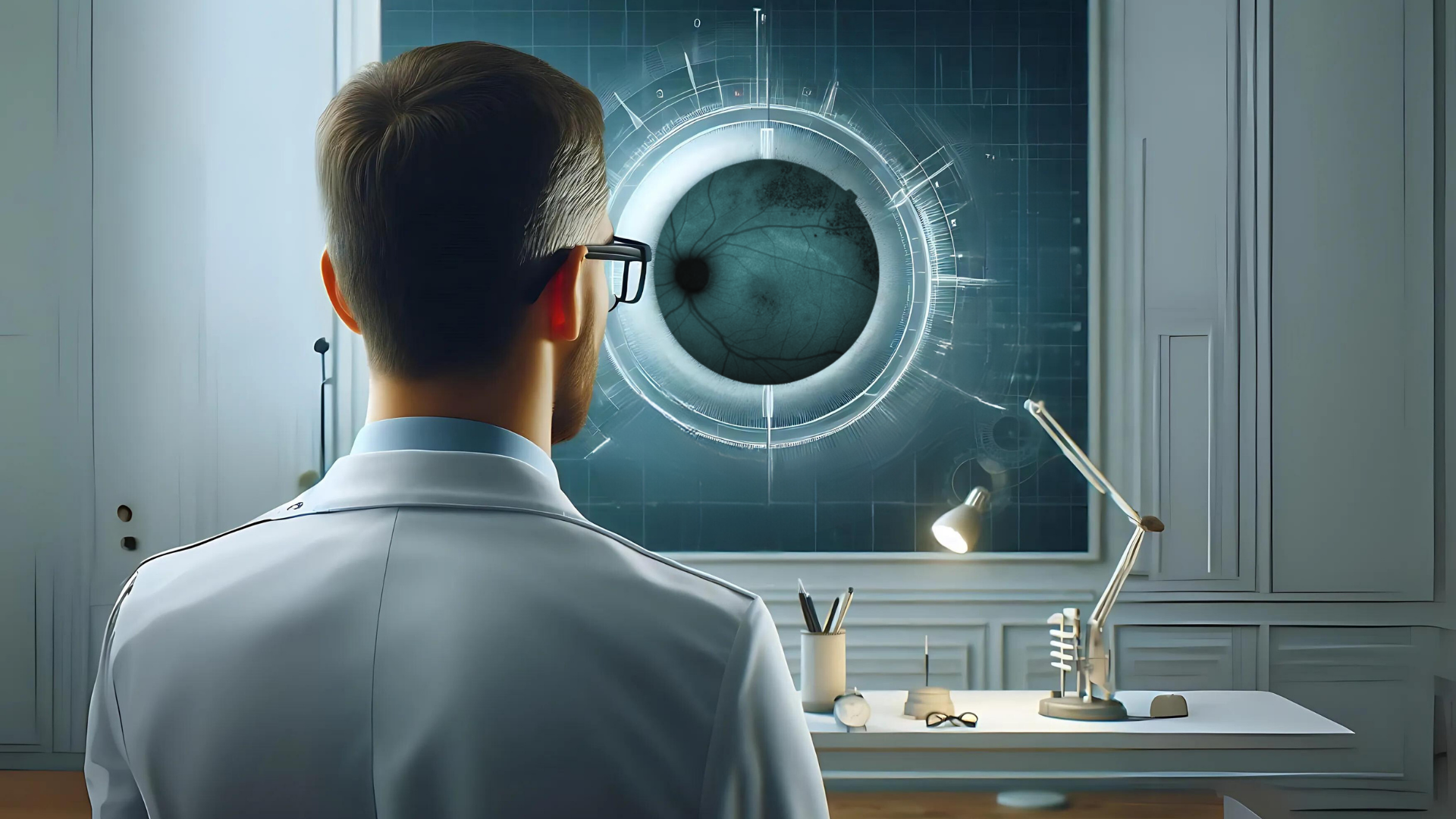Acute Zonal Occult Outer Retinopathy (AZOOR)
Acute Zonal Occult Outer Retinopathy (AZOOR) is a rare and puzzling eye condition that affects the retina, which is the part of the eye responsible for vision. AZOOR causes sudden vision loss, flashes of light, and changes in the visual field, which can greatly impact daily life. Doctors are still trying to understand the exact causes of AZOOR, but it may be linked to autoimmune responses and viral infections. This condition mostly affects women, usually around the age of 36, though it can occur at any age.
This article will explain the symptoms of AZOOR, the challenges in diagnosing it, possible causes, and current treatments. By sharing information from patients and the latest research, we aim to provide a clear understanding of AZOOR and highlight the importance of early detection and proper care in managing this complex disorder.
What is AZOOR?

Acute Zonal Occult Outer Retinopathy (AZOOR) is a rare eye disorder that affects the retina, the light-sensitive layer at the back of the eye. Symptoms start suddenly, usually in one eye, but can eventually affect both eyes. Doctors do not know the exact cause of AZOOR, but they believe it might be related to autoimmune or inflammatory processes.
Donald Gass first described Acute Zonal Occult Outer Retinopathy (AZOOR) in 1992. He reported 13 cases where patients had sudden vision loss or visual field defects along with photopsias (flashes of light). These patients experienced sudden loss of function in large areas of the outer retina, with only minimal changes seen in the eye at first. Some also had issues with their blind spot. Tests showed they had abnormalities in the retina’s electrical activity, permanent visual field loss, and gradual visible damage to the retinal pigment epithelium (RPE).
Experts think AZOOR might be linked to other conditions like acute idiopathic blind-spot enlargement syndrome (AIBES), multiple evanescent white dot syndrome (MEWDS), acute macular neuroretinopathy (AMN), and other white dot syndromes because they share similar symptoms and findings. However, this connection is not yet confirmed.
AZOOR Symptoms
Acute Zonal Occult Outer Retinopathy (AZOOR) shows up with several symptoms that mainly affect vision. Key symptoms include:
- Sudden Vision Loss: People may suddenly lose vision, often in one eye at first, but it can affect both eyes over time.
- Visual Field Defects: Vision may be lost in parts of the visual field, appearing as blank or dark areas in peripheral or central vision.
- Photopsias: Flashes of light or shimmering, often seen as flickering or sparkling lights in the peripheral vision.
- Distorted Vision: Straight lines may look wavy or bent, and objects can seem misshapen due to retinal issues.
- Night Blindness: Difficulty seeing in low-light conditions or at night.
- Blind Spot Enlargement: The normal blind spot in the visual field may become larger and more noticeable.
These symptoms can appear quickly and may cause significant and sometimes permanent vision changes. The severity and progression of symptoms vary among people, so early diagnosis and treatment are very important.
AZOOR Causes
The exact causes of Acute Zonal Occult Outer Retinopathy (AZOOR) are still unknown, but there are some theories:
- Viral Theory: Research from the 1990s suggests that viruses might trigger AZOOR. Some patients reported having viral infections, like the flu, before their AZOOR symptoms began.
- Autoimmune Theory: Some studies suggest that AZOOR might result from autoimmune disorders. There is evidence linking AZOOR with diseases like Hashimoto’s disease, hypothyroidism, and multiple sclerosis.
Researchers continue to study who typically gets AZOOR. It is most often diagnosed in women, with an average onset age of 36.7 years. Nearsightedness may also be a factor, but there is no evidence that AZOOR is genetic.
AZOOR Diagnosis
Diagnosing Acute Zonal Occult Outer Retinopathy (AZOOR) can be difficult. When an eye specialist like an optometrist or ophthalmologist examines the retina, it might look normal. To diagnose AZOOR accurately, specialists often use several additional tests:
- Electroretinogram: This test measures the retina’s electrical activity in response to light to find functional issues.
- Fundus Autofluorescence: This imaging technique captures natural fluorescence in the eye’s structures to check the retina’s health.
- Optical Coherence Tomography: This scan looks for degeneration in the outer retina and provides detailed cross-sectional images.
- Fluorescein Angiography: This procedure involves injecting a safe dye into the bloodstream to make blood vessels in the retina more visible for clearer examination.
- Visual Field Testing: This standard vision test finds any blind spots or vision loss areas that may indicate retinal problems.
AZOOR Risk Factors

The exact risk factors for Acute Zonal Occult Outer Retinopathy (AZOOR) are not well understood because it is a rare and complex condition. However, some known risk factors include:
- Gender: AZOOR is more commonly diagnosed in women than in men.
- Age: The average age when AZOOR starts is around 36 years, but it can happen at any age.
- Recent Viral Infection: Some evidence suggests a link between recent viral infections, like the flu, and the start of AZOOR symptoms.
- Autoimmune Diseases: People with autoimmune conditions such as Hashimoto’s disease, hypothyroidism, and multiple sclerosis may have a higher risk of developing AZOOR.
- Nearsightedness (Myopia): There seems to be a connection between nearsightedness and a higher chance of getting AZOOR, although the exact relationship is unclear.
- Lack of Genetic Link: Unlike many eye diseases, there is no clear genetic link for AZOOR, suggesting that genetics may not play a significant role in its development.
Challenges of AZOOR
Acute Zonal Occult Outer Retinopathy (AZOOR) is a rare but significant eye condition that poses many challenges for both patients and healthcare providers. Despite ongoing research, the exact causes of AZOOR remain unclear, though links to autoimmune responses and viral infections are being explored. The condition’s symptoms, including sudden vision loss, flashes of light, and visual field changes, can drastically affect a person’s quality of life.
Early diagnosis and treatment are crucial in managing AZOOR effectively. While there is no cure, various treatments can help manage symptoms and potentially slow the progression of the disease. Increased awareness and understanding of AZOOR among both medical professionals and the public are essential for improving patient outcomes.
By continuing to support research and fostering a better understanding of AZOOR, we can hope to find more effective treatments and, ultimately, a cure. It is important for those affected to seek prompt medical attention and for healthcare providers to remain vigilant in recognizing and diagnosing this complex condition.
Navigating the Shadows of a Hidden Retinal Threat
Understanding and managing Acute Zonal Occult Outer Retinopathy (AZOOR) is crucial for early intervention and preserving vision. While the condition remains complex and its causes are still under investigation, advancements in diagnostic techniques and treatment options offer hope for better patient outcomes. Ongoing research and collaboration among medical professionals are essential in the fight against this rare retinal disorder, paving the way for more effective management strategies and improved quality of life for those affected.
Acute Zonal Occult Outer Retinopathy (AZOOR) is a rare eye condition that leads to vision disturbances, such as “whitening of vision” or blurred vision. The exact cause of AZOOR remains a mystery.
AZOOR treatment typically involves the use of corticosteroids, immunosuppressants, or antiviral medications. Some individuals may experience improvements in their vision following treatment. Although the root cause of AZOOR is still unclear, it’s believed that viral infections or immune system responses might contribute to its development.
To date, 131 cases of AZOOR affecting 205 eyes have been documented in the English language medical literature, including a related variant known as acute annular outer retinopathy.
